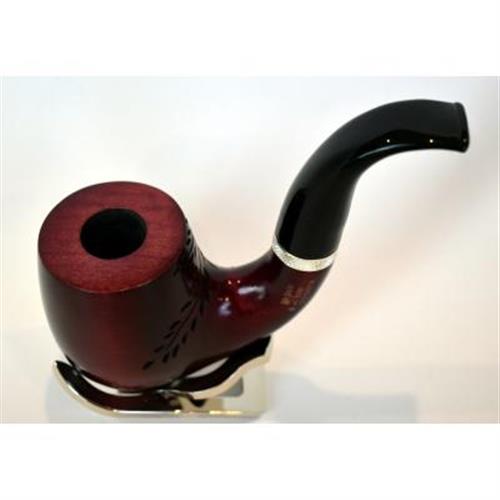Dictator
Dictator: A Brief History of Cigars
Cigars have been a part of popular culture for hundreds of years, with their origins tracing back to the ancient Mayans. The prototype of the cigar appeared in the Mayan civilization, where various types of leaves were used to hold tobacco leaves for smoking. However, it wasn't until Christopher Columbus and his crew arrived in the New World that cigars began to gain popularity in Western culture. Columbus and his men were the first Westerners to see tobacco, and upon their return, smoking tobacco became a trend among the European aristocracy.
By the mid-19th century, the United States consumed around 300 million cigars, and many Cuban cigar-makers migrated to nearby Florida. This migration led to the city of Tampa, Florida, becoming known as the "Cigar Capital of the World." However, this dominance soon shifted when a political figure made cigars a part of his image.
At the turn of the century, many politicians and important figures began smoking cigars, including prestigious individuals such as Sigmund Freud, Mark Twain, and Winston Churchill. Churchill, in particular, was known for his love of cigars and is often associated with the iconic cigar image. This association caused many people to start smoking cigars, in an effort to emulate their favorite public figures.
Interestingly, the history of cigars includes a unique tradition that arose in Cuban cigar factories more than 150 years ago. Storytellers would read to the workers while they rolled the cigars, a history that earned a place in the canon of cigar culture. The storytelling practice began in the mid-1800s, when Cuba was the world's leading producer of cigars. Factory owners saw storytelling as a way to keep their workers entertained and productive, while they spent long hours at work.
The production of cigars has always been tied to artisanal craftsmanship, a time-consuming process that requires significant attention to detail. Cigar-making involves four critical steps, which include cultivation, fermentation, rolling, and aging. The cultivation of tobacco-based products must adhere to strict guidelines, which include precise soil types, maintenance, and harvesting practices. Fermentation is a crucial step in the production process, as it allows the tobacco leaves to develop their unique flavor profiles. The rolling process is an individual experience that requires skill and training, as this process shapes the cigar's final size, flavor, and texture. Finally, aging is the last step in the production process that can take several years. It is the key ingredient in developing a premium cigar's long-lasting flavor and aromas.
In many ways, the concept of a cigar has become more than just a smoking product; it has become a symbol of affluence, prestige, and power. Part of cigars' symbolic status harkens back to the image of the iconic leader, the dictator. A leader who leads with an iron fist, his cigar firmly in hand, the dictator image has been immortalized in literature, film, and history. The archetype of the cigar-smoking dictator has been synonymous with power, wealth, influence, and a love of all things luxurious.
In conclusion, cigars have a rich cultural history dating back centuries and are much more than a smoking product. Cigars have become symbols of power, wealth, and cultural status, associated with prestigious figures in history, politics, and literature. The unique tradition of storytelling in Cuban cigar factories adds depth and a certain richness to this status, tying the product to artisanal craftsmanship and human connection. Despite some negative impacts, the history of cigars is a fascinating slice of cultural history, a product with a rich, complex, and significant symbol in popular culture.
